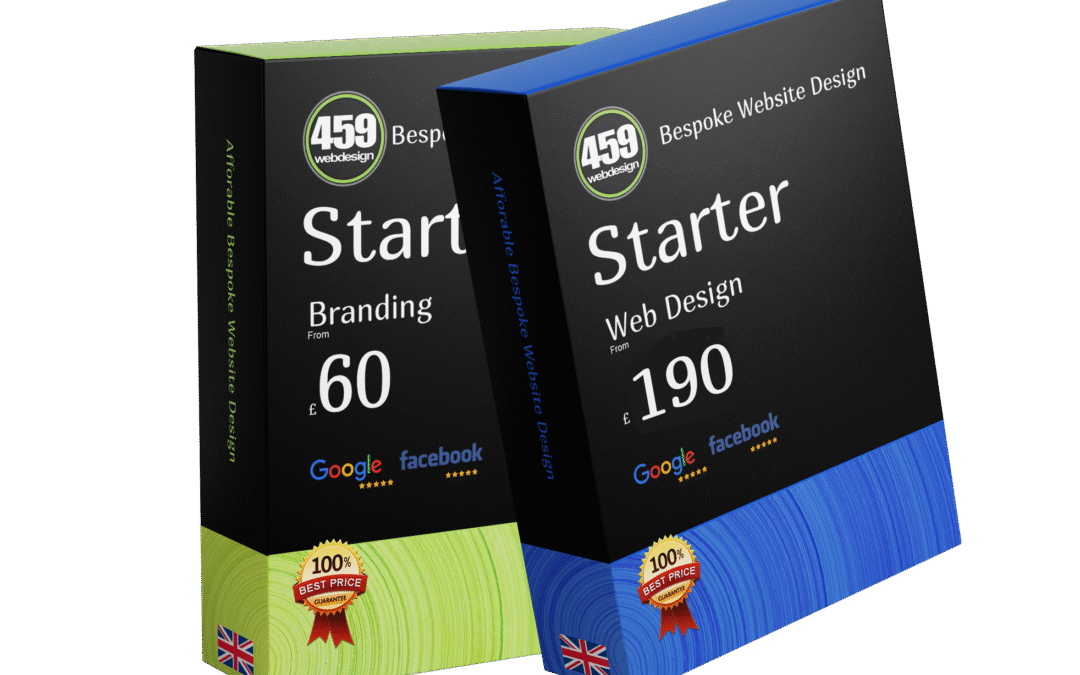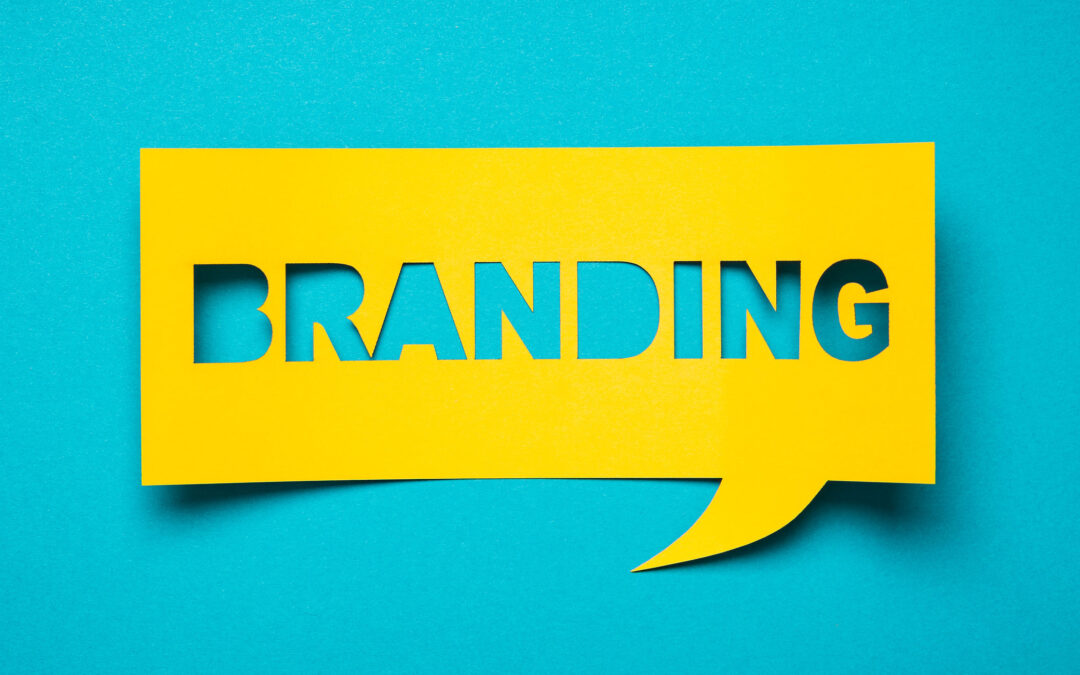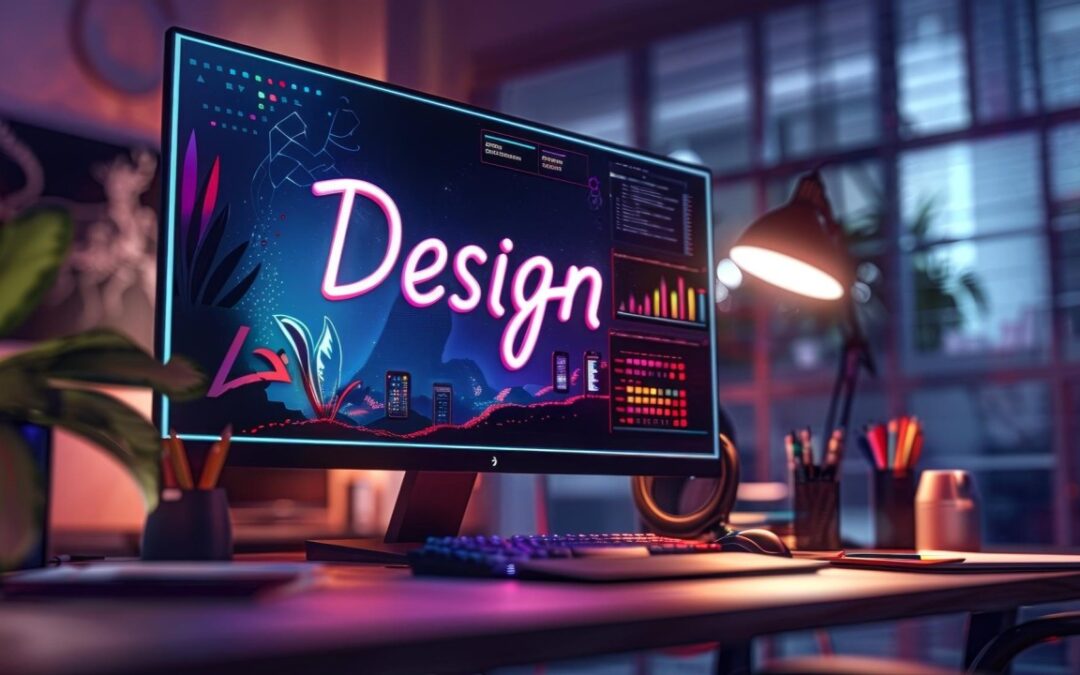Essential Elements of a High-Converting Website
Every web designer knows that a website’s beauty alone doesn’t guarantee success. In 2025, the most effective websites aren’t just visually appealing — they’re strategic, user-focused, and designed to convert visitors into loyal customers. Whether you’re designing for a brand, startup, or eCommerce business, understanding what makes a website convert is essential. Here’s a breakdown of the core elements every high-converting website must have.
1. A Clear and Compelling Value Proposition
When a visitor lands on your site, they should instantly understand what you offer and why it matters. A strong value proposition — typically showcased in the hero section — communicates your product or service’s benefits in seconds. As a designer, ensure that this message is front and center, supported by clear visuals, concise copy, and a strong call to action (CTA). Clarity always converts better than complexity.
2. Intuitive User Experience (UX) and Navigation
A high-converting website makes the journey from discovery to conversion effortless. Simplify navigation with a clean menu, consistent layout, and logical flow. Each page should have a purpose, guiding users naturally toward the next step. In 2025, micro-interactions, smooth scrolling, and smart AI-driven recommendations make UX more intuitive and personalized than ever — helping users find what they need faster.
3. Fast Load Times and Mobile Optimization
Speed kills or converts — there’s no middle ground. Slow-loading websites can lose up to 50% of visitors before they even engage. Designers must prioritize lightweight builds, image optimization, and responsive layouts that work flawlessly across all devices. With Google’s Core Web Vitals now a ranking factor, performance and conversion go hand in hand.
4. Persuasive Copy and Strategic CTAs
Design and copywriting must work together. Every headline, subheading, and CTA should move the user closer to action. Use action-oriented language and design CTAs with contrast, hierarchy, and clarity. Instead of a generic “Submit,” try “Get Started” or “See Pricing.” A well-placed, emotionally resonant CTA can dramatically increase conversions.
5. Visual Hierarchy and Trust Elements
Visitors decide in seconds whether to trust your site. Build credibility through design — consistent branding, professional imagery, authentic testimonials, and recognizable trust badges. A strong visual hierarchy helps highlight what matters most, using color, contrast, and typography to draw attention to key actions. Remember, trust leads to conversion.
6. Data-Driven Design and Continuous Optimization
High-converting websites are never “finished.” Top designers and marketers continuously test layouts, headlines, and CTAs using A/B testing and heatmaps. AI analytics tools now make it easier to understand how users interact with your site and where they drop off. Regular iteration ensures your website keeps improving — and keeps converting.
Conclusion: Design with Purpose, Not Just Aesthetics
A high-converting website combines strategy, design, psychology, and technology. For modern web designers, success isn’t about how beautiful a site looks — it’s about how effectively it performs. By focusing on clarity, usability, trust, and data, you can create digital experiences that turn visitors into customers and design into measurable results.










